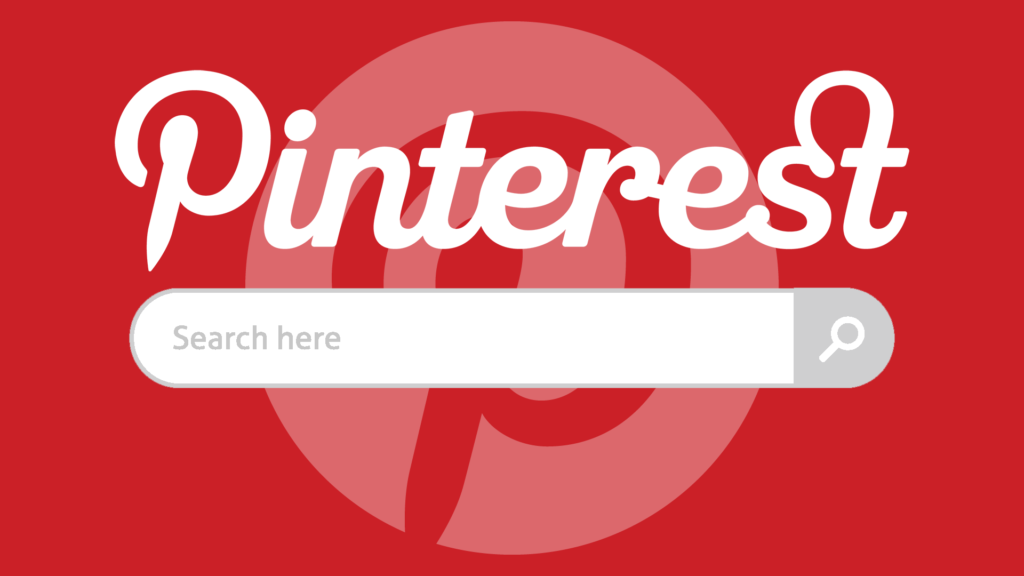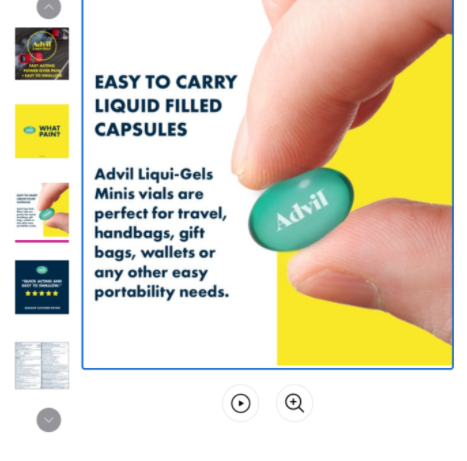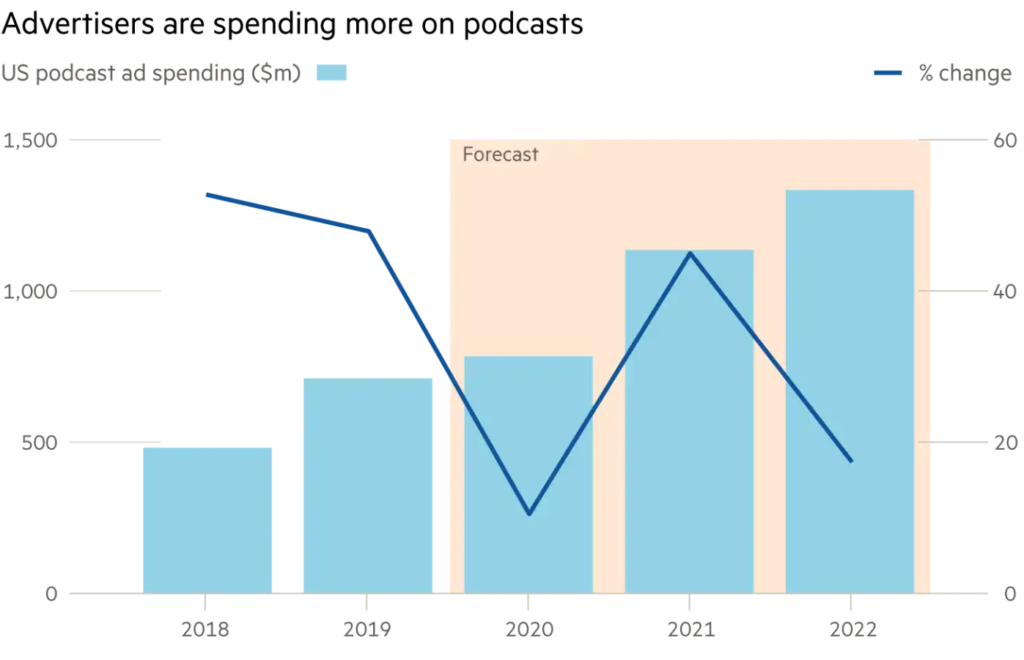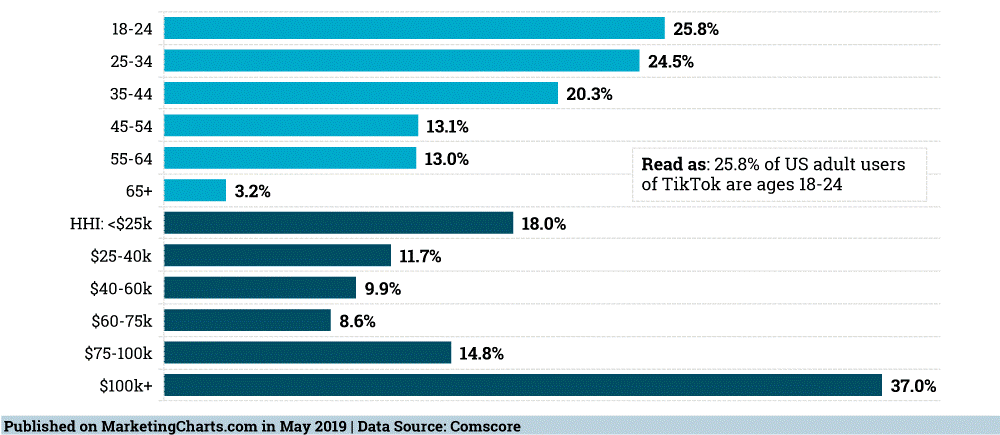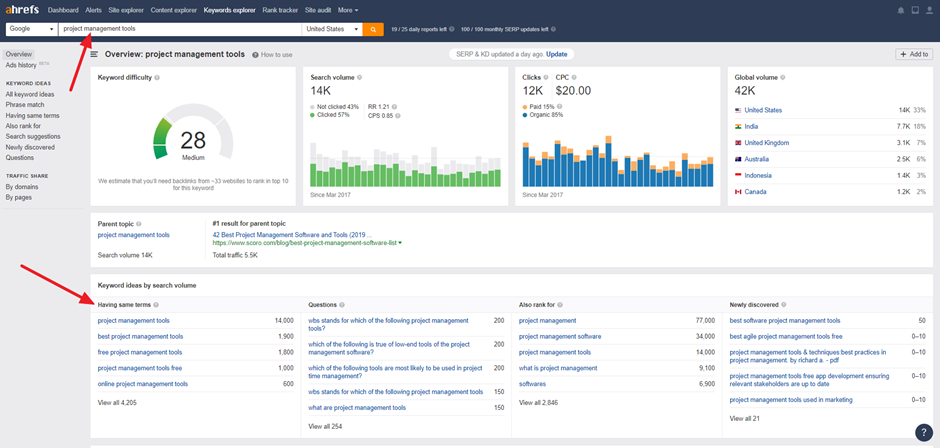Pinterest advertising most certainly comes with its benefits. However, the main question revolving around a new platform with advertising capabilities is the new costs that will come with it. Together, we’ll look into the foundation of these costs, how they can be pinpointed into your campaign goals as well as the benefits of taking these actions.
In order to run any successful marketing or advertising campaign, finances are very much a factor that needs to be considered before executing any sort of brand efforts.
What’s the Cost?
Overall, the costs will vary when looking at all of the different types of campaigns and budgets that will be able to fit into your selected campaigns. However, take a look at the base that Pinterest has set up so that advertisers are able to calculate a rough estimate of the total investment cost.
Each of these costs is calculated based on the different following forms of engagement available on the platform.
- If you’re building brand awareness: $2.00-5.00 for 1000 impressions
- If you’re boosting engagement: $0.10-1.50 per engagement
- If you’re driving web traffic: $0.10-1.50 per engagement
Look at the costs and then look at which goal you’re striving to reach for your brand. By narrowing down what you’re trying to achieve, you’ll be able to better allocate the costs.
These Are the Benefits of Using Pinterest
Not only are the campaign goals a representation of the costs on the platform, but they are also all examples of the benefits associated with using Pinterest as an advertising space. The following are three key needs in order for a business to thrive. Determine if any or all need to be grown on Pinterest itself.
Building Awareness: Showing the world as well as selecting target markets that a brand exists is the first step into driving quality sales in the long run. Pinterest is a great platform to broadcast different products as well as these items in use in everyday life. To promote in this way will create more of a reason for customers to make the move and purchase.
Boosting Engagement: The next step and benefit is ultimately engagement. Without the invitation to customers, you run the risk of having them keep scrolling and stumble upon the competition. Plus, clicking on the content or product, creates even more of a nudge that the customer will then need it in their life.
Best of all, you will only pay for this advertisement if someone engages with it. If someone sees it, the exposure is at least given to the customer at no extra cost to you.
Driving Web Traffic: The last benefit and step to this purchasing journey is driving the customer to the website for them to learn more and make a purchase. At this point, you will only be charged if that person actually visits your website.
An advertisement such as this one is important for the transition period of getting the engagement or impression to ultimately make a sale.
These Are the Types of Pinterest Ads
Now that you’re aware of the cost base that you’ll be budgeting and the benefits of advertising on the platform, it’s important to see the different types of ads that are available on Pinterest. Take a look at the below to see all of the ad options you’re able to choose.
- Promoted pins
- One-tap pins
- Promoted carousels
- Promoted video pins
- Promoted app pins Buyable pins
- Story pins
Let us know which type of Pinterest ads you find that you would most benefit given the set goals and budget that are trying to be achieved. It’s vital for a successful campaign that all three of these needs are not met, but also match for the right outcome.
Our Final Thoughts
After finding the right combination of advertising on a platform such as Pinterest, it’s important to make a plan on how to execute every goal. No campaign is the same, especially when it comes to looking at the desired outcomes of different brands.
When it comes down to the cost too, it’s a benefit in itself that there is shared control of the financial budget. Let us know how you plan on selecting and controlling the details needed for your campaign.

